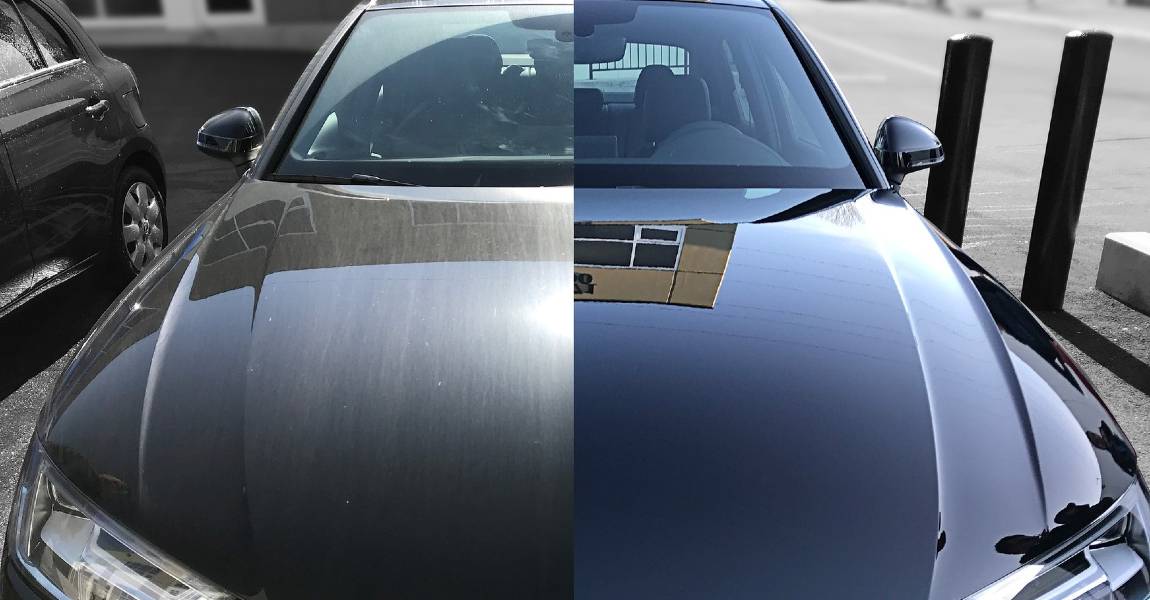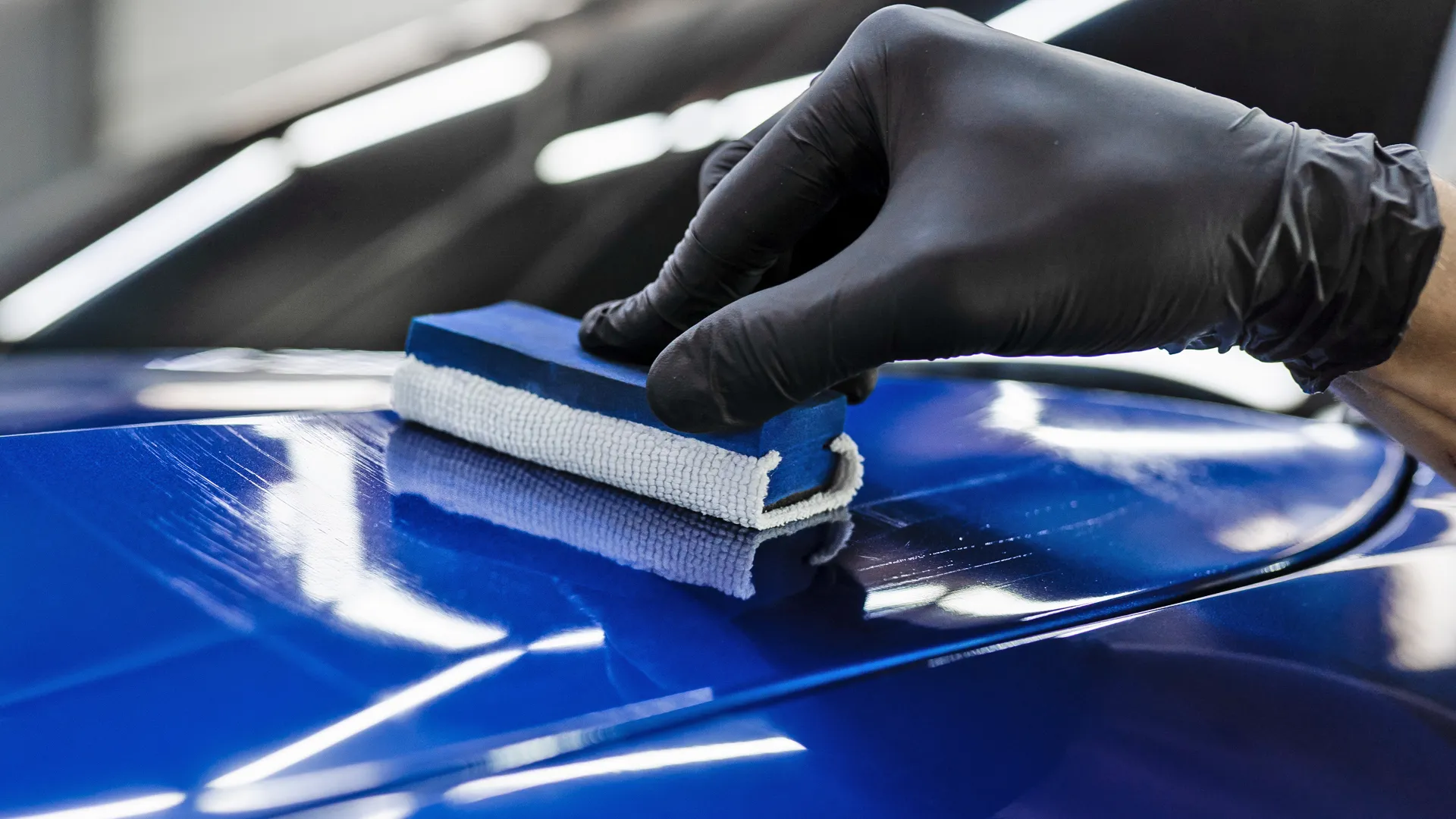Get certified paint protection film installation to prevent rock chips and scratches.
Get certified paint protection film installation to prevent rock chips and scratches.
Blog Article
A Comprehensive Guide to the Sorts Of Ceramic Covering on the Market
Ceramic finishes have actually emerged as a critical option across different industries due to their distinct properties and applications. As we discover the distinctive attributes and applications of these finishes, the ramifications for performance and durability become significantly evident, elevating questions regarding which type could finest match your needs.
Understanding Ceramic Coatings
Ceramic coverings are sophisticated safety services that have acquired popularity in various industries, particularly in automotive and aerospace applications. These finishings include a liquid polymer that, when treated, develops a resilient, hydrophobic layer on the surface area of the substrate. This layer provides improved resistance to environmental pollutants, UV radiation, and chemical direct exposure, thus expanding the life and visual appeal of the underlying material.
The fundamental element of ceramic finishes is silica, which adds to their firmness and resilience. The application procedure typically entails surface preparation, application of the coating, and treating, which can be accomplished with warmth or UV light. Once healed, ceramic finishes show remarkable bonding homes, permitting them to stick highly to a selection of surface areas, including metals, plastics, and glass.
Along with their safety features, ceramic coatings additionally provide convenience of maintenance. Their hydrophobic nature minimizes the adherence of dust and grime, making cleansing simpler and less constant. Overall, the adoption of ceramic layers represents a substantial advancement in surface protection innovation, providing both functional and visual benefits throughout multiple sectors.
Kinds of Ceramic Coatings
Numerous kinds of ceramic layers are available, each created to fulfill particular efficiency demands and applications - Paint Protection Film. The most usual kinds consist of:
Silica-based Coatings: These layers mainly include silicon dioxide and are known for their longevity and chemical resistance. They are extensively made use of in auto and commercial applications.
Titanium Dioxide Coatings: Renowned for their photocatalytic homes, titanium dioxide layers are often used in settings where self-cleaning and antifungal homes are desirable, such as in building products and auto coatings.
Zirconia Coatings: Defined by their high-temperature security and thermal resistance, zirconia coatings are utilized in applications such as wind turbine engines and high-performance automobile components.
Alumina Coatings: Displaying outstanding firmness and thermal security, alumina coatings are often used in wear-resistant applications, consisting of cutting tools and industrial equipment. - Auto Detailing
Crossbreed Coatings: Incorporating the buildings of various products, crossbreed coverings provide improved performance characteristics, making them suitable for distinct and requiring applications.
Each kind of ceramic coating offers distinctive functions, enabling individuals to pick the most proper option based on specific ecological conditions and performance needs.
Benefits of Ceramic Coatings
Coatings play a critical role in boosting the efficiency and longevity browse this site of surfaces throughout different industries. Ceramic finishes, particularly, deal many advantages that make them increasingly prominent among makers and customers alike. One of the key advantages is their phenomenal longevity. These finishings are resistant to scrapes, chemicals, and UV rays, making sure that the underlying surface continues to be protected over time.
In enhancement to toughness, ceramic coatings supply exceptional hydrophobic properties, enabling very easy cleaning and upkeep. This water-repellent nature decreases the adherence of dust, gunk, and various other impurities, which can extend the aesthetic charm and capability of the surface area. In addition, ceramic finishes can substantially improve thermal resistance, making them optimal for applications that endure Recommended Site heats.

Application Process
When applying ceramic coatings, a meticulous approach is essential to attain ideal outcomes. A tidy surface ensures appropriate bond of the covering.
When the surface area is prepped, the following action is to use the ceramic covering. The layer should be applied in thin layers, as thicker applications can lead to unequal coatings.
After application, the layer requires a specific curing time, commonly varying from a few hours to a complete day, depending on the item. Complying with these actions faithfully will optimize the efficiency and long life of the ceramic finish, supplying a resilient safety layer for the surface area.
Maintenance and Longevity
To make certain the long life and efficiency of a ceramic covering, routine maintenance is important. Ceramic coatings, recognized for their toughness and protective top qualities, call for particular treatment routines to optimize their lifespan More about the author and efficiency. The initial action in maintenance entails routine cleaning with pH-neutral soap, staying clear of severe chemicals that can degrade the coating. It is advisable to wash the lorry routinely, preferably every 2 weeks, to avoid the buildup of pollutants that could endanger the finishing's honesty.
Along with normal washing, periodic examinations are essential. Search for indications of wear or damage, such as hydrophobic homes reducing or surface area imperfections. If essential, a light polish may be related to invigorate the layer without stripping it away.
Additionally, the application of a booster spray can improve the layer's hydrophobic results and recover its gloss. This is specifically helpful for coatings that have remained in usage for an extended period. Ultimately, by sticking to these upkeep techniques, one can considerably prolong the life of a ceramic finishing, ensuring that it remains to provide optimal protection against ecological aspects and preserve the aesthetic appeal of the vehicle.
Final thought

Report this page